Teacher’s Book Soroka 2 is available in English. For those parents and teachers who can speak Russian but cannot read it very well.
You can purchase it on Amazon, here is the link,
and my web-site, here is the link.
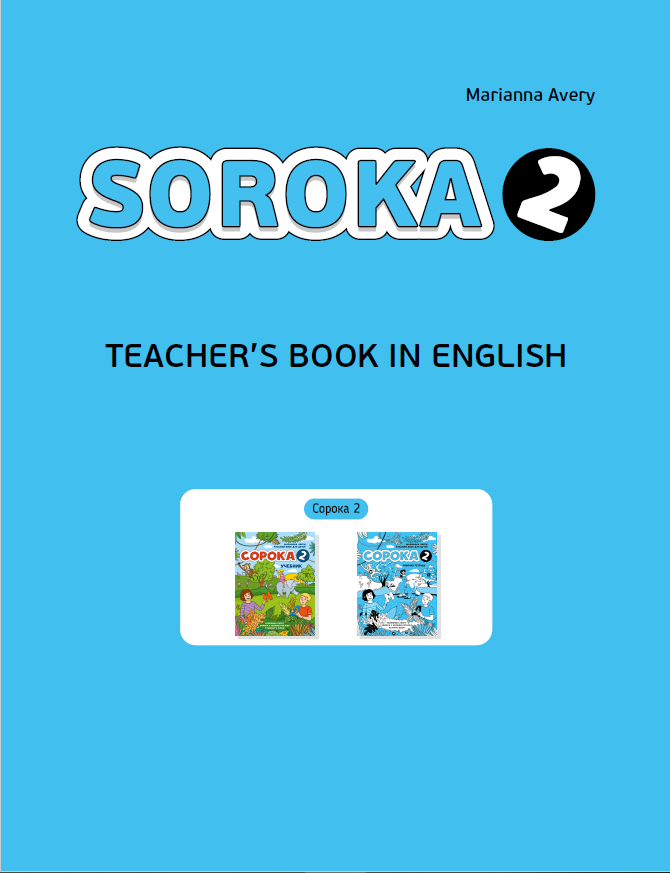
Teacher’s Book Soroka 2 is available in English. For those parents and teachers who can speak Russian but cannot read it very well.
You can purchase it on Amazon, here is the link,
and my web-site, here is the link.

Teacher’s Book in English is available on Amazon. Follow the link https://www.amazon.com/dp/B08Z2RXZB5?ref_=pe_3052080_397514860
The same book is also available on my web-site. Here is the link https://sorokam.com/en/catalog/Teachers_Book1_inEnglish
If you prefer pdf files you can purchase them on TpT press here https://www.teacherspayteachers.com/Product/Soroka-1-Teachers-Book-in-English-6691239
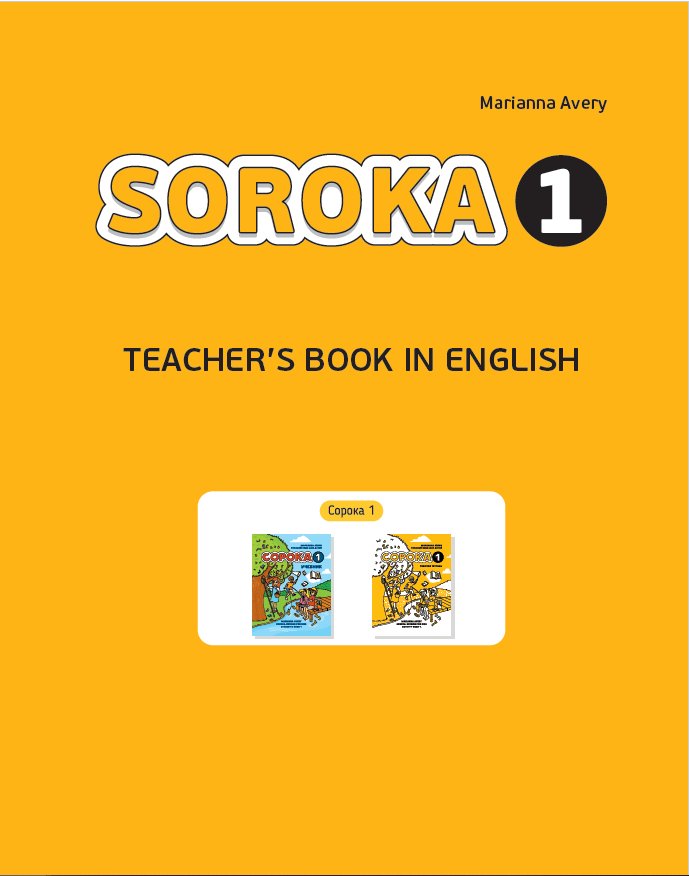
Is taking one hour a week of Russian language enough or not?
To answer this question, I invite you to learn how our memory works. Let’s view the forgetting curve. It is the result of experiments conducted by the German scientist Hermann Ebbinghaus in 1885. Here we see the following:
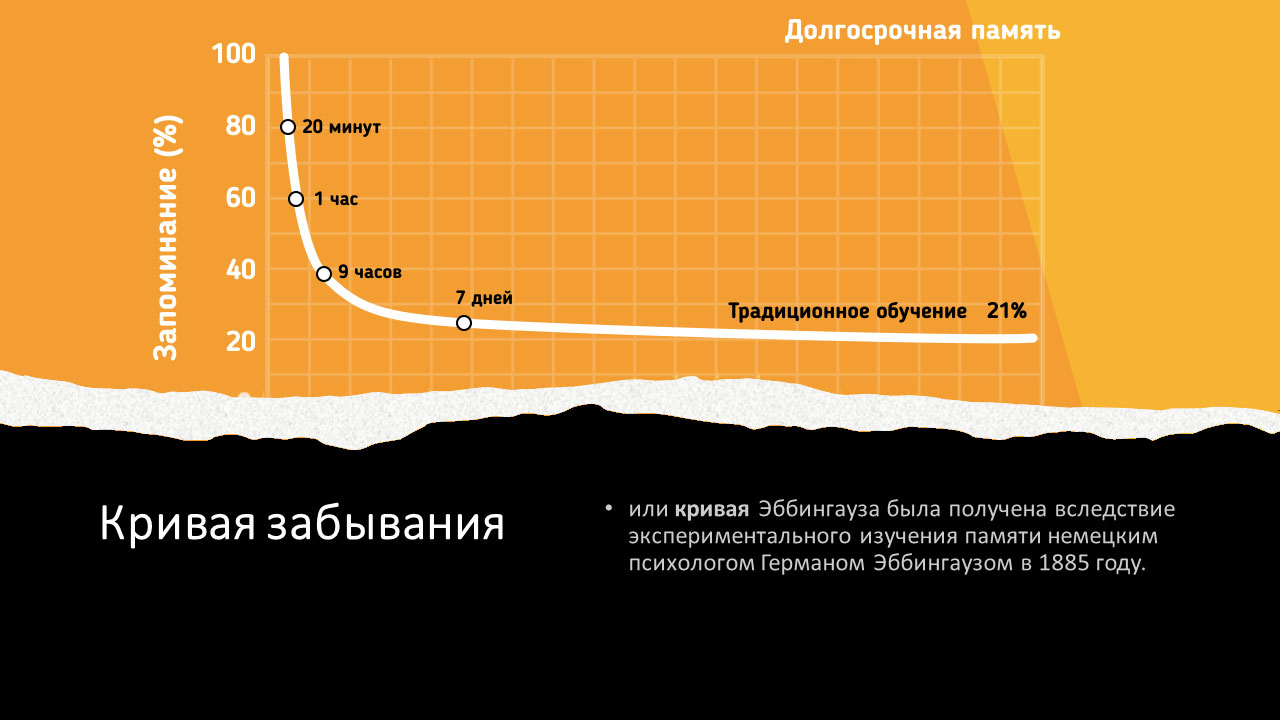
All students make mistakes in class — take it easy, this is part of life.
When there are no mistakes, it means that the student knows everything and no longer needs a teacher.
Personally, I love when my students make the mistakes. I listen to them carefully and analyze them. We need mistakes. Mistakes help us understand where to go next. We see what material has been well-learned and what material still needs to be worked on.
Continue reading “Mistakes are Growth Points”A modern grandmother is not a little old lady in a headscarf. A modern grandmother seeks recipes on the Internet, watches films on YouTube, drives a personal car to do the shopping, and sends messages to her grandsons while dying her hair at a hairdressers’ or getting a pedicure. A 21st-century grandmother can also wear a headscarf, anytime she wants — as a turban on her head, for instance.

Everyone loves interesting stories, especially kids.
When we first start learning Russian, we also want to read something interesting. But our level of language is not yet good enough to read interesting books. Stories in pictures come to the rescue — comics.
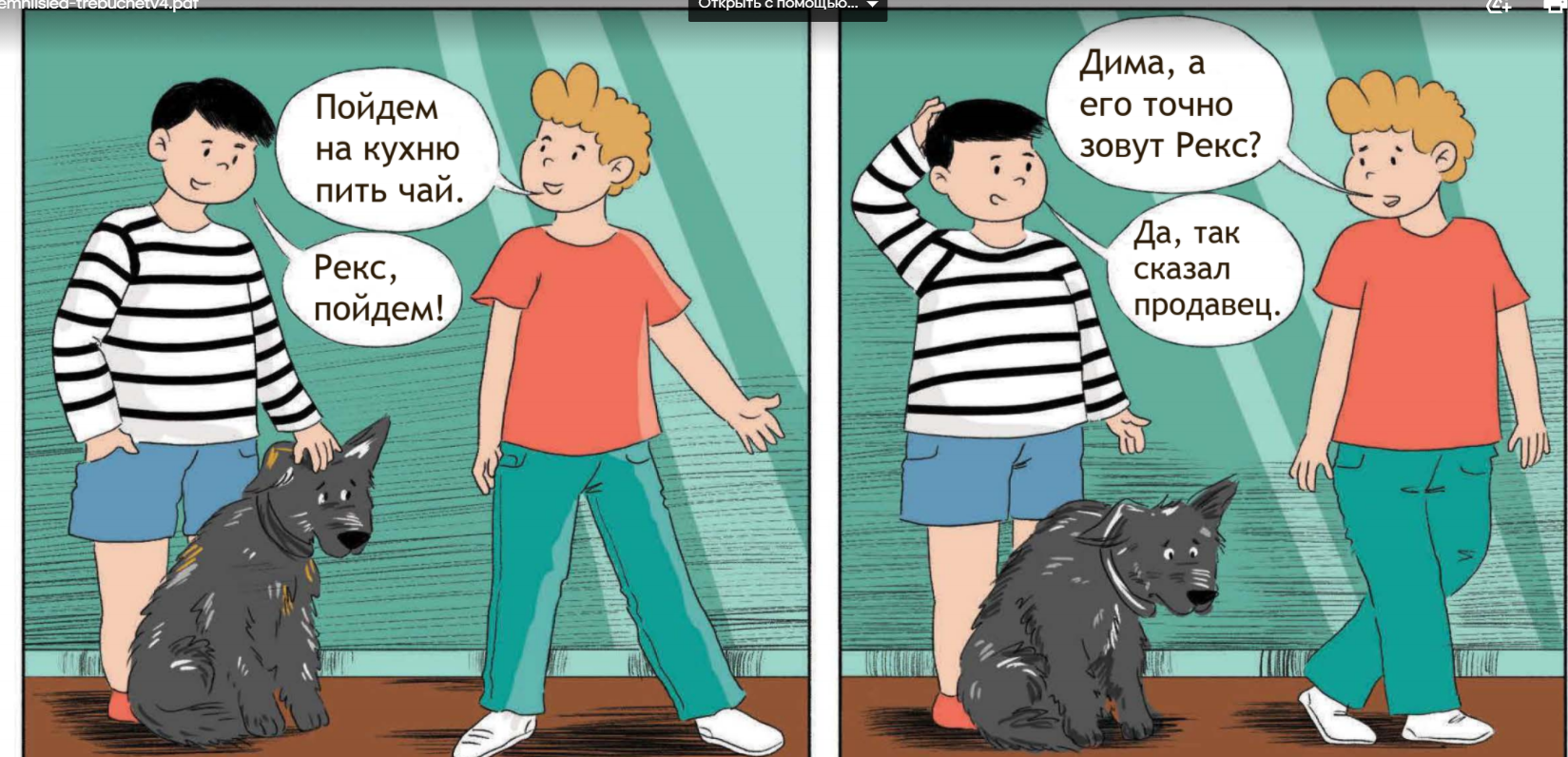
In 2020 I published a lot of articles for parents and teachers. Here they are:
Last time we looked at the first lesson of the Soroka Course and I told you how to perform our first lesson, how we repeat words, how we read them and how we do the exercises in the first few pages of the Student’s Book and the Activity Book. As soon as we finish these exercises, we will move on.
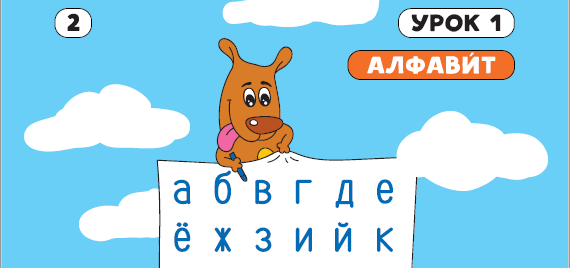
Many parents have concerns about their children reading at the first class. They open the Student’s Book, see the words written there and are shocked: “My child cannot read this!”
That is true, your students cannot read in Russian yet, but it is not necessary. All the future exercises are geared toward them beginning to learn the Russian letters and the reading rules of the Russian language. Therefore, it is important to use common sense and what we have just learned during the lesson.
